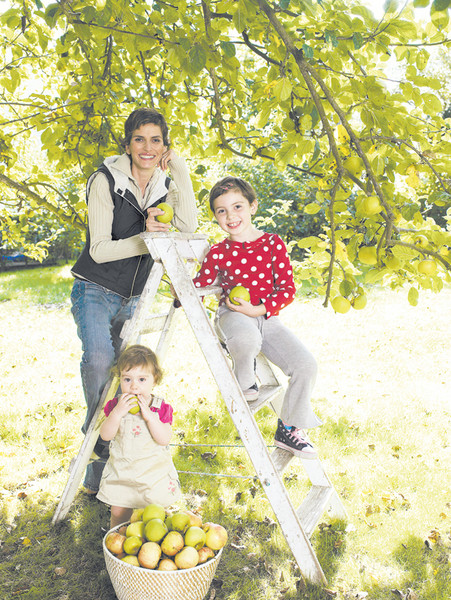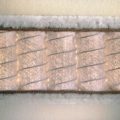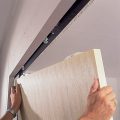 Apple harvest
Apple harvest
Traditional varieties
As a rule, it is not the most beautiful plants that grow in our gardens.The best varieties of apple trees. Papirovka, White filling and Moscow pear produce sour fruits that do not travel well and spoil quickly. Melba and Manteta are not resistant to scab. Autumn varieties Cinnamon striped and Autumn striped (Shtrifel) begin to bear fruit only in the 8th year. Cinnamon has low yields and brittle branches, and Shtrifel is not suitable for small areas due to its wide crown.
New varieties
- «Apple Spas» Summer variety, ripens10-20 August, remains until the end of September. Fruits over 200 g. The variety is early ripening (bears fruit in the 4-5th year of planting), and at the age of 7-8 years it already gives 40-50 kg of apples.
- «Orlinka» Ripens after August 15, stored until the end of September. Fruits are 150 g. Trees are tall.
- "August" Ripens after August 20, stored for a month. Fruits are 160 g.
- «Zhelannoe» Ripens in late August and lasts until late October. Large fruits.
- The fruits of all these varieties do not rot or crack on the branches, as they are resistant to scab.
- Of the autumn varieties, Bessemyanka Barantsevoy, Zaryanka and Solnyshko are also of high quality.
When and how to plant?
The seedlings are now sold in pots.You can wait until September to plant without worrying about the destruction of the root ball, but remember to water the roots. In the meantime, you need to prepare the planting holes. Select a sunny, well-lit, spacious place for the apple trees. It is best to place them on the north side of the plot, so that later, when the trees grow, they do not shade either the "neighbors" or other plantings. It is better to plant in one row every 6 meters. The exception is dwarf apple trees: they are planted every 3-4 meters. The worse the soil, the deeper and wider the hole should be. Where the fertile layer is no thicker than 25 cm (with a shovel), the optimal width and depth is 1 m, otherwise the roots will eventually go not deep, but wide. Fill the hole with a nutrient mixture. Take equal parts of fully rotted manure (fresh manure will burn the roots!), compost and topsoil and mix everything thoroughly with 1-2 l of wood ash. Place the roots of the seedling in the hole - the top layer of the earth should be at ground level or even slightly higher. Then fill the hole with soil, tamp it down and make a small depression around it so that water does not spread - neither irrigation nor rain. After planting and on dry days, water the young trees. And leave pruning the tops until spring.









